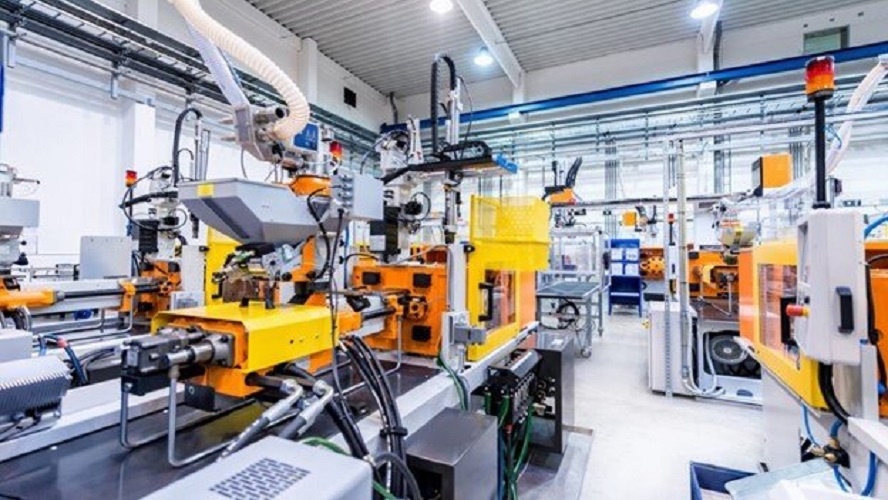Metal Processing Automation
Metal Processing Automation: Revolutionizing the Manufacturing Industry
Metal processing is one of the primary industries in manufacturing. Whether used in automotive, aerospace, construction, or electronics, metal parts are always in demand. With the introduction of automation technologies, metal processing has evolved substantially, opening up new opportunities for higher productivity, accuracy, and innovation. This paper will explore metal processing automation to identify the importance and consequences of this technology for manufacturing.
Understanding Metal Processing Automation
Metal processing automation entails using automated systems and technologies to optimize and simplify the metal fabrication and processing process at various stages, including cutting, forming, welding, machining, and finishing. Both metal-working processes have been revolutionized by automation technologies such as robotics, CNC , and AI-driven systems, enabling manufacturers to produce more efficiently while reducing costs and enhancing product quality.
Key Components of Metal Processing Automation
1. Robotic Welding Systems
Robotic welding systems are essential in metal processing and assembly processes due to their accuracy and efficiency in welding distinct metal components. Equipped with sensors and programming capabilities, these robotic systems can handle complex welding jobs with exceptional accuracy and repeatability. Productivity is enhanced because of robotic welding, and weld quality is consistent, resulting in less reworking and scrap.
2. CNC Machining Centers
Machining centers equipped with CNC technologies are essential elements of metal processing automation. These devices perform precise machining operations in metal production. They are driven by computers that command various cutting instruments. The most crucial benefits are speed, accuracy, and versatility. Manufacturers can now produce extremely complicated components with tight tolerances and intricate geometric shapes.
3. Automated Material Handling Systems
Automated material handling systems Automated material handling systems are used to enhance the movement and storage of raw materials, workpieces, and finished metal products in a processing facility. They include conveyors, AGVs, and robotic arms that haul materials across different processing stations in the manufacturer. Manufacturers can boost their outputs and enhance production processes such as workflow, downtime, and labor cost by automated material handling systems.
4. AI-Powered Quality Control Systems
The AI -powered quality control system determines whether the metal components processed are qualified through machine learning algorithms and computer vision for defect identification and disparities. AI material handling systems help detect surface defects and variations, increasing productivity and decreasing waste.
Benefits of Metal Processing Automation
1. Increased Productivity
The fully automated process reduces production cycle time, the time taken to manufacture a given part, maximizes machine and system uptime, and output volume to meet consumer demand. Metal processing can boost productivity with minimal human intervention, especially in heavy production.
2. Improved Accuracy and Precision
Automated systems employ robotics and CNC machining in the fully automated process, resulting in high accuracy. Without human error and variations, the automated process provides parts with specified tight tolerance and patterns, enhancing part functionality.
3. Cost Reduction
Metal automation process helps manufacturing companies to reduce the cost of labor, production, material, and other indirect and direct material and resources. Automating reduces the cost of production through optimal material use and time and labor.
4. Enhanced Safety
Metal processing automation also contributes to enhanced safety. The use of robots in metalworking decreases the risks of accidents and injuries associated with manual labor in this field. By removing some of the physically demanding and hazardous work steps, manufacturers create a safer working environment for their employees and diminish the likelihood of incidents.
Future Trends in Metal Processing Automation
As automation technology advances, several future trends will shape the landscape of metal processing:
Integration of AI and Machine Learning:
AI and machine learning algorithms becoming more sophisticated will enable predictive maintenance, adaptive machining, and real-time process control.
Additive Manufacturing:
3D printing will become more integrated into the metal processing, enabling new possibilities such as rapid prototyping, individual production, and on-demand manufacturing.
IoT Connectivity:
IoT Connectivity: The Internet of Things will make automation more autonomous by facilitating the connection and data flow between the machines. This will enable remote monitoring, diagnostics, and predictions based on big data analysis.
Conclusion
All of the above showcase that metal processing automation is a revolutionary development that changes the industry in a variety of ways. By using robotic welding systems, CNC machining centers, material handling automation technologies, and AI for quality control, manufacturers improve the processes of metalworking and stay competitive in the contemporary market environment. As automation technologies evolve, companies must implement them to unlock new opportunities provided by innovation in manufacturing. Metal processing automation is no longer just one of the many possible tracks to follow but a critical strategic choice to make for the companies willing to remain competitive and grow in the future.
-
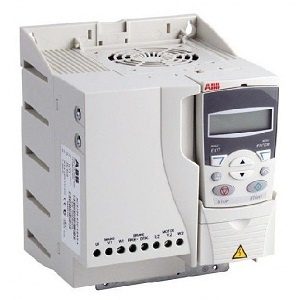
AC Drives (17919)
-
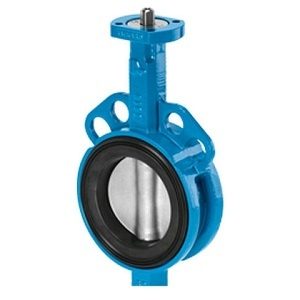
Butterfly Valve (236)
-
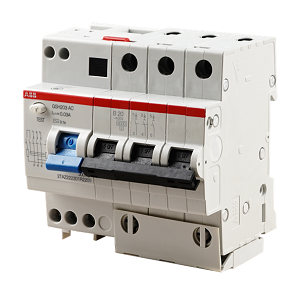
Circuit Breaker (2226)
-
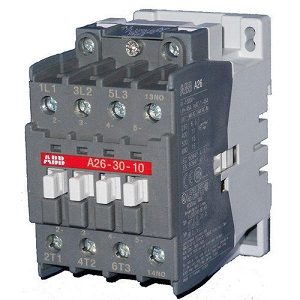
Contactor (567)
-
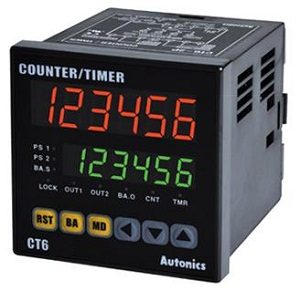
Counter (78)
-
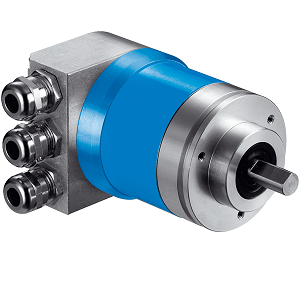
Encoder (117)
-
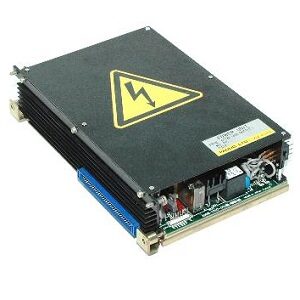
Fanuc Main Board (1376)
-
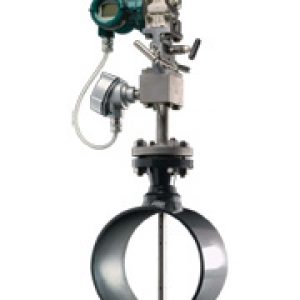
Flow Transmitter ( Flow meter) (36)
-
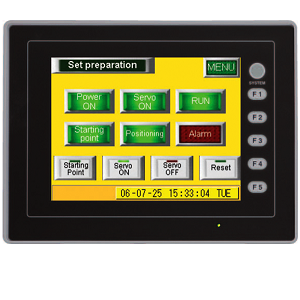
HMI/Touch Screen (582)
-
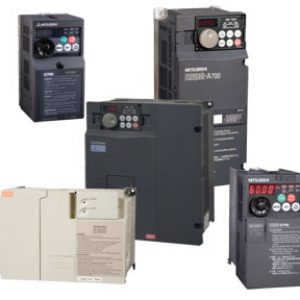
Inverter (941)
-
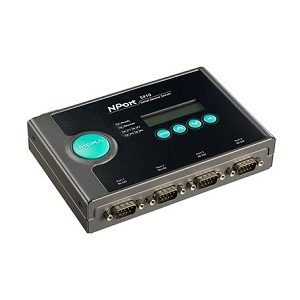
Network/Signal (4)
-
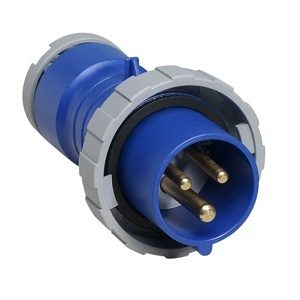
Others (4683)
-
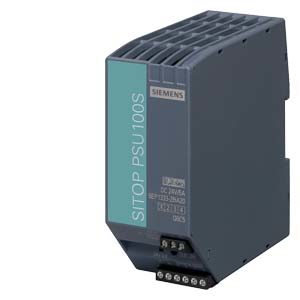
Power Supply (218)
-
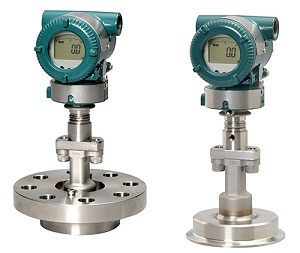
Pressure Transmitter (61)
-

Programmable Logic Controller (PLC) (6283)
-
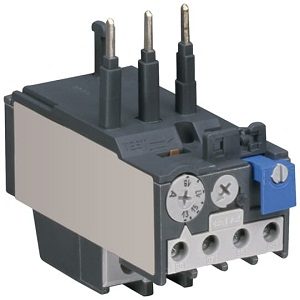
Relay (927)
-

Sensor (2159)
-
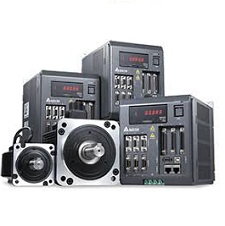
Servo Motors & Motor Drives (4347)
-
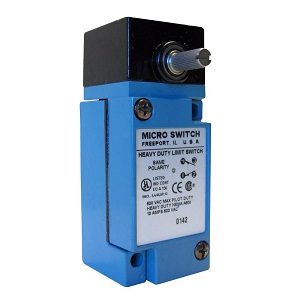
Switch (899)
-
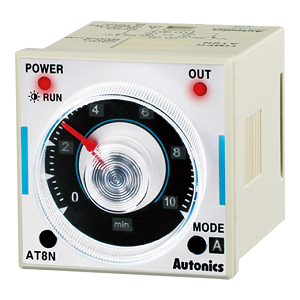
Timer (93)
-
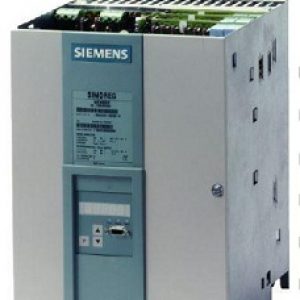
Uncategorized (1152)
-
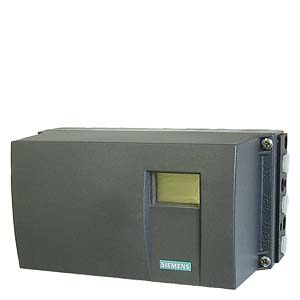
Valve controller & manifolds (15)
-

Variable Frequency Drives (VFD) (258)
-

Yokogawa Remote Indicators (16)
- Post published:March 30, 2024
- Post category:VFDs

